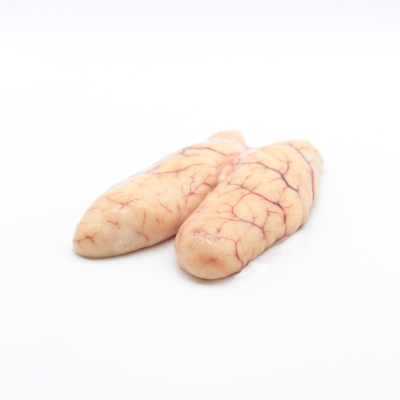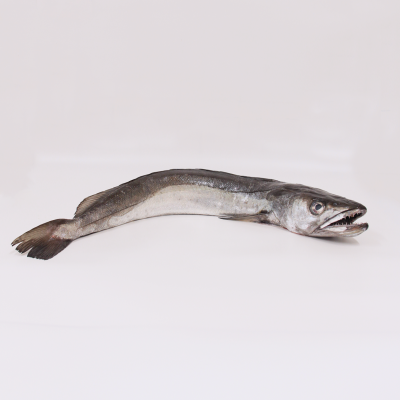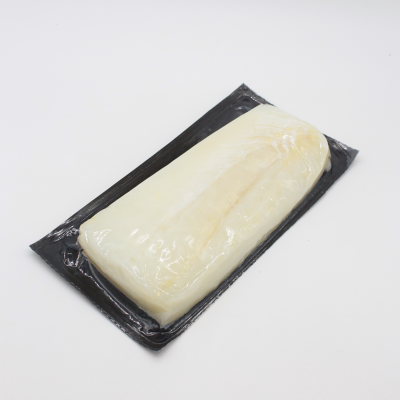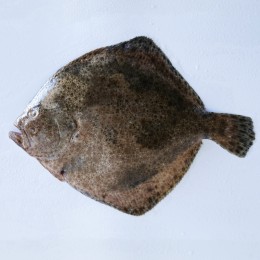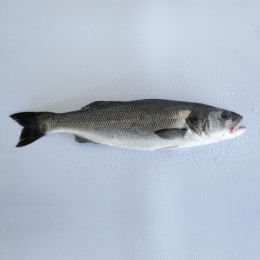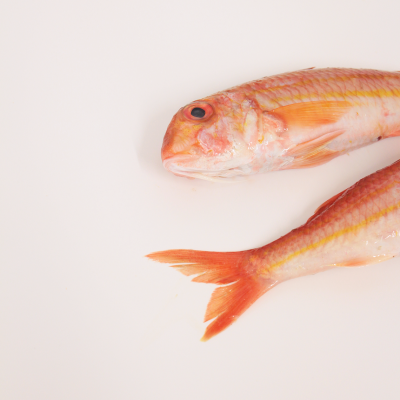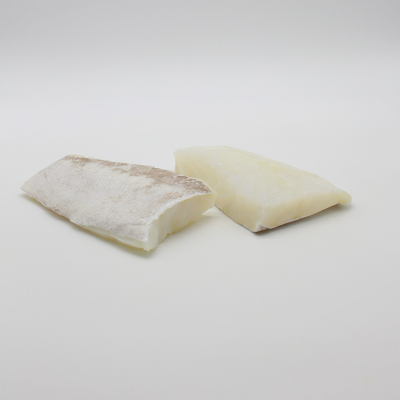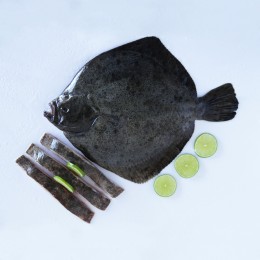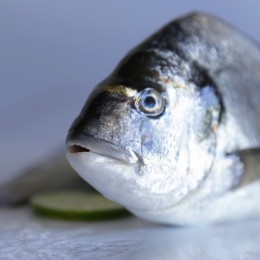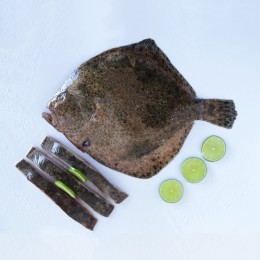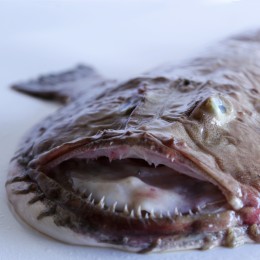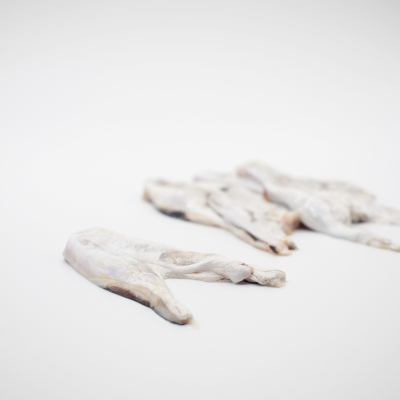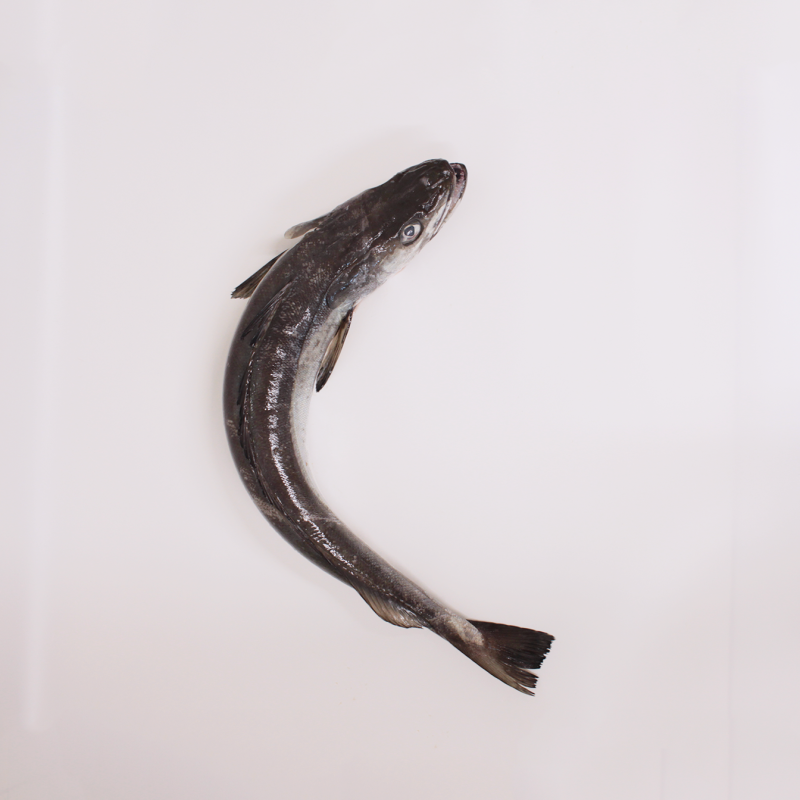

Hook-fished hake 2/3
33.50€ Kg
Tax included
We deliver this product prepared to your specifications.
Recommended for 4–6 people.
The most popular preparation with this size are:
- Sliced (approx. 12 pcs.), a cut recommended for frying or boiling
- As for the loins, they can be cut into individual portions (approximately 15–18 portions, 100 g each one)
Other preparation available include: back, butterfly-cut, clean and whole, headless... You can also request that it comes vacuum packed.
Additionally, all our fish can be frozen, being so fresh it’s great at maintaining all its properties. Make sure to check out our fish recipes section.
Allergens






